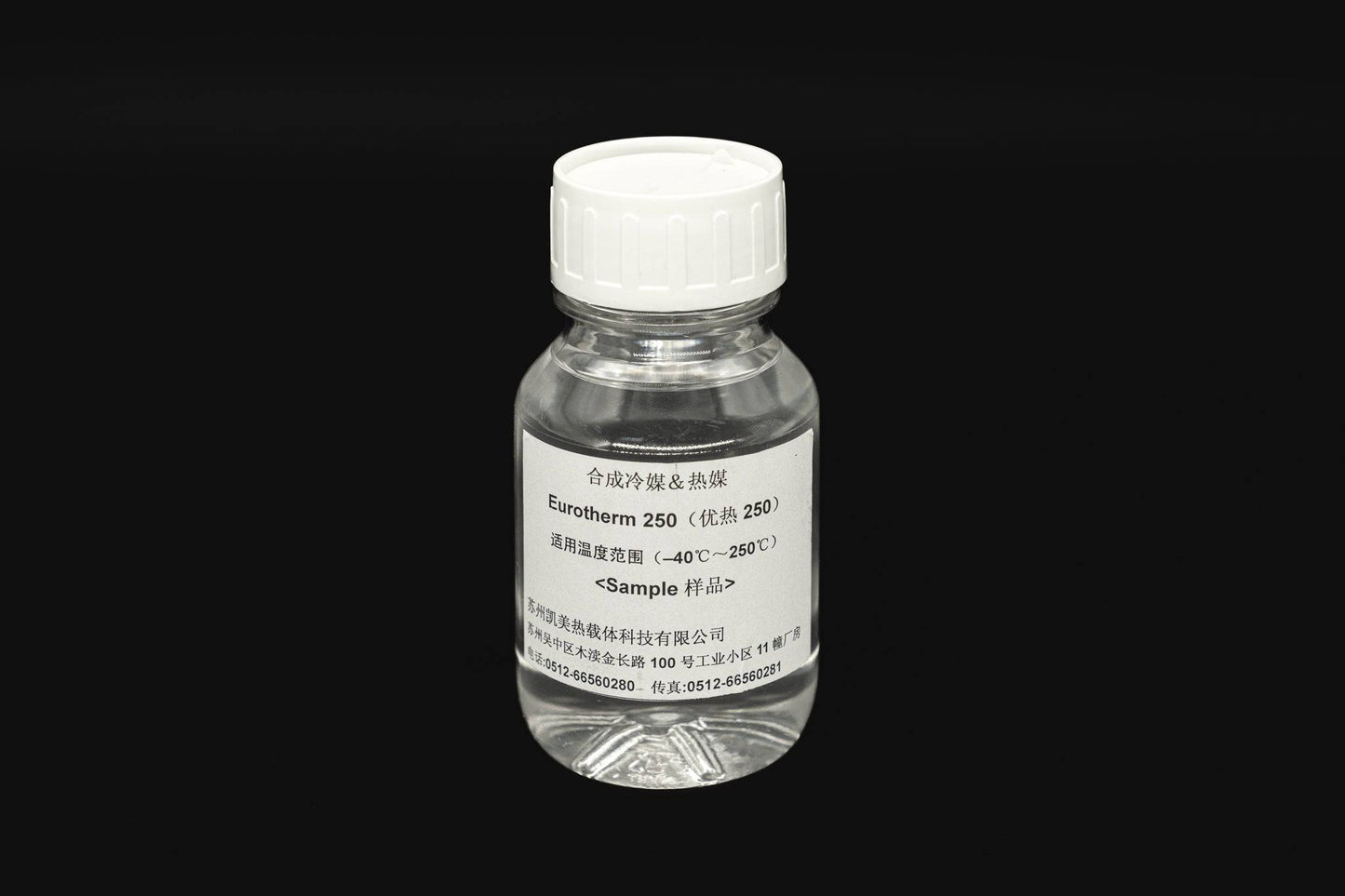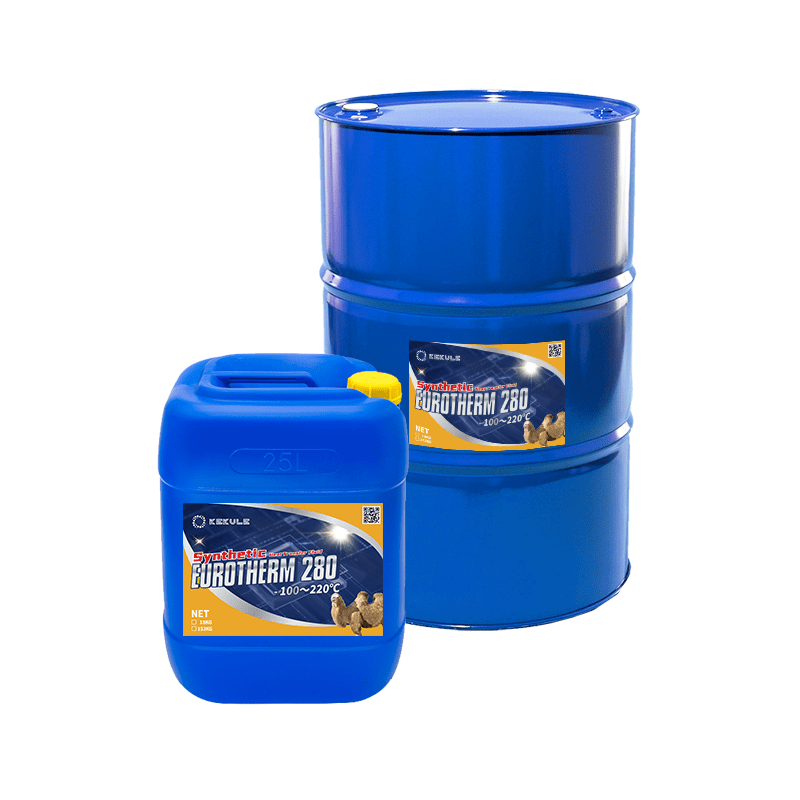The Definitive Guide to Chemie
The Definitive Guide to Chemie
Blog Article
A Biased View of Chemie
Table of ContentsThe Only Guide to ChemieRumored Buzz on ChemieExamine This Report on ChemieSome Known Details About Chemie The Definitive Guide for ChemieNot known Facts About Chemie
By Bojanna Shantheyanda, Sreya Dutta, Kevin Coscia and David SchiemerDynalene, Inc. Liquid air conditioning, which can be achieved using indirect or straight methods, is utilized in electronics applications having thermal power densities that may exceed safe dissipation through air cooling. Indirect fluid air conditioning is where warm dissipating electronic components are literally separated from the fluid coolant, whereas in case of direct air conditioning, the parts remain in direct call with the coolant.In indirect cooling applications the electric conductivity can be crucial if there are leaks and/or spillage of the liquids onto the electronics. In the indirect cooling applications where water based fluids with corrosion preventions are normally utilized, the electrical conductivity of the fluid coolant mostly relies on the ion concentration in the liquid stream.
The boost in the ion concentration in a shut loop liquid stream might happen due to ion seeping from metals and nonmetal components that the coolant liquid touches with. During operation, the electric conductivity of the fluid might raise to a degree which can be hazardous for the cooling system.
Getting My Chemie To Work
(https://disqus.com/by/disqus_harfAtVpBU/about/)They are bead like polymers that are capable of exchanging ions with ions in a solution that it touches with. In today work, ion leaching tests were performed with numerous metals and polymers in both ultrapure deionized (DI) water, i.e. water which is treated to the highest degrees of purity, and low electrical conductive ethylene glycol/water mix, with the measured change in conductivity reported over time.
The examples were allowed to equilibrate at area temperature level for two days prior to tape-recording the initial electrical conductivity. In all examinations reported in this study fluid electrical conductivity was determined to an accuracy of 1% utilizing an Oakton CON 510/CON 6 series meter which was adjusted before each dimension.
The Only Guide to Chemie
from the wall home heating coils to the facility of the heater. The PTFE example containers were put in the heating system when steady state temperatures were gotten to. The test configuration was eliminated from the heating system every 168 hours (7 days), cooled down to room temperature level with the electrical conductivity of the fluid determined.
The electric conductivity of the fluid example was kept track of for an overall of 5000 hours (208 days). Figure 2. Schematic of the indirect closed loop cooling experiment set-up - immersion cooling liquid. Table 1. Components used in the indirect closed loop cooling down experiment that are in call with the liquid coolant. A schematic of the speculative setup is displayed in Figure 2.

The Facts About Chemie Revealed
The adjustment in liquid electric conductivity was monitored for 136 hours. The fluid from the system was collected and stored.

0.1 g of Dowex material was contributed to 100g of liquid examples that was taken in a separate container. The blend was mixed and alter in the electrical conductivity at room temperature level was determined every hour. The determined change in the electric conductivity of the UP-H2O and EG-LC examination fluids consisting of polymer or steel when immersed for 5,000 hours at 80C is revealed Figure 3.
The 5-Minute Rule for Chemie
Ion seeping experiment: Measured modification in electrical conductivity of water and EG-LC coolants including either polymer or metal examples when submersed for 5,000 hours at 80C. The outcomes suggest that steels added less ions right into the fluids than plastics in both UP-H2O and EG-LC based coolants.
Fluids containing polypropylene and HDPE showed the most affordable electric conductivity modifications. This could be due to the short, inflexible, linear chains which are less likely to add ions than longer branched chains with weaker intermolecular pressures. Silicone additionally executed well in both test fluids, as polysiloxanes are normally chemically inert because of the high bond energy of the silicon-oxygen bond which would certainly avoid destruction of the product into the liquid.
Our Chemie Ideas
It would certainly be expected that PVC would generate similar outcomes to those of PTFE and HDPE based on the similar chemical structures of the materials, nonetheless there may be other impurities existing in the PVC, such as plasticizers, that might influence hop over to here the electric conductivity of the fluid - high temperature thermal fluid. In addition, chloride groups in PVC can additionally leach into the examination liquid and can create an increase in electric conductivity
Buna-N rubber and polyurethane showed signs of deterioration and thermal decomposition which recommends that their feasible energy as a gasket or sticky product at higher temperatures might result in application issues. Polyurethane totally broke down right into the examination fluid by the end of 5000 hour test. Figure 4. Prior to and after images of steel and polymer samples immersed for 5,000 hours at 80C in the ion leaching experiment.
Calculated adjustment in the electrical conductivity of UP-H2O coolant as a feature of time with and without material cartridge in the closed indirect air conditioning loophole experiment. The determined modification in electric conductivity of the UP-H2O for 136 hours with and without ion exchange resin in the loop is displayed in Number 5.
Report this page